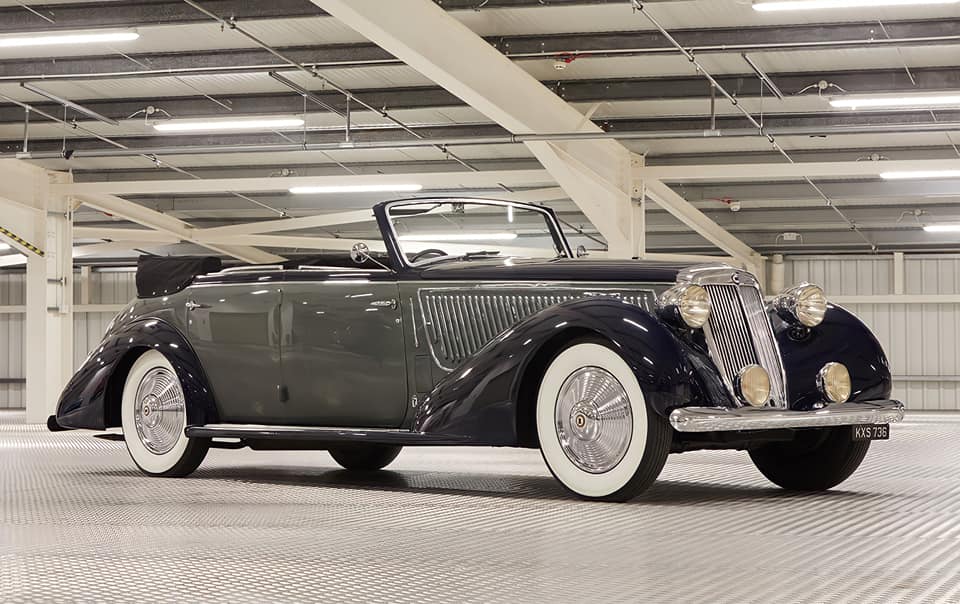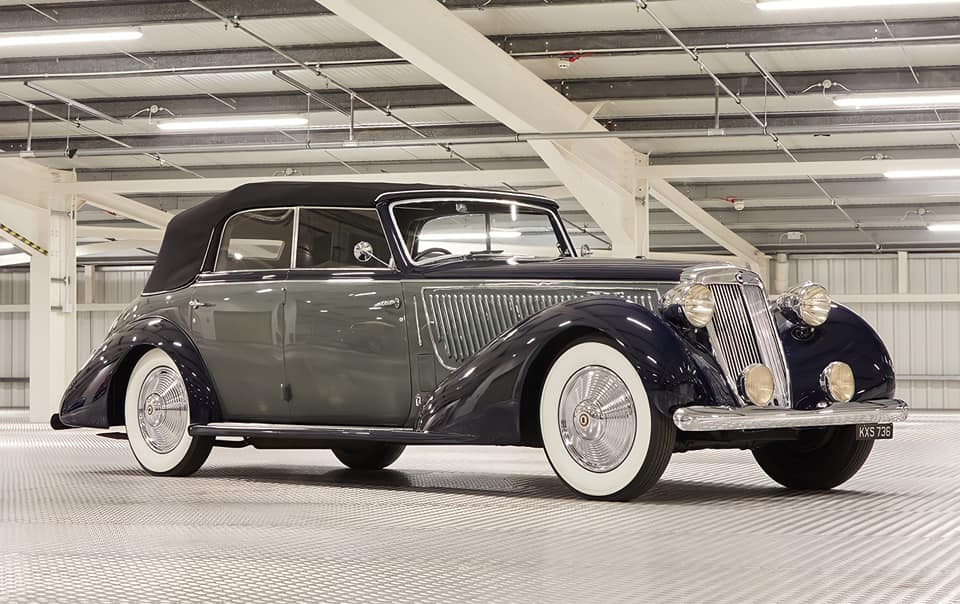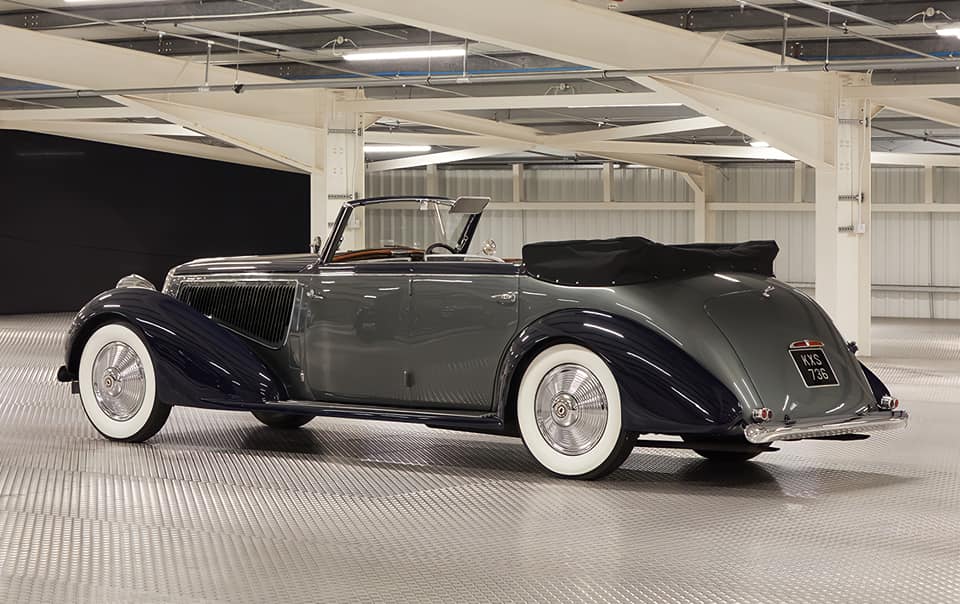It has been said that Lancia never made a bad car before the war, and this is likely a true statement.
The first Lancia rolled out of the factory in Torino, in 1907, the brainchild of the great engineer and racing driver Vincenzo Lancia. The marque soon became synonymous with technical innovation, and when the revolutionary Lambda model was introduced in 1922, it was the world’s first production car with monocoque construction and independent front suspension, combined with a V-4 engine, lightweight bodywork, and highly efficient four-wheel brakes. For the five decades during which Lancia remained a family-owned business – itself a record in the volatile and uncertain business of automobile manufacture – it built one remarkable model after another: Lambda, Dilambda, Astura, Artena, Aprilia, Aurelia, Flaminia, and Fulvia. It was only natural that Lancia became the first choice of discerning connoisseurs who appreciated quality of design, engineering, and construction, along with longevity and a subtly conservative appearance.
The now legendary Astura model was introduced in 1931 with a 2.6-liter narrow-angle V-8 engine. By 1934, it had been enlarged to 2.9 liters for added low-end torque and the chassis’ advanced specification included power-assisted brakes, adjustable rear shock absorbers, central chassis lubrication, and a light, easy-to-master gearbox. Top speed was more than 80 mph, with handling and brakes to match.
The Astura chassis was available in long- and short-wheelbase versions, and the greatest Italian carrozzerie, such as Pinin Farina, Castagna, and Viotti of Torino, competed to create luxurious, beautiful, and sporty bodies for it. As a result of these commissions, Asturas became regular concours d’elegance prize winners in the 1930s, just as they are today.
A 4th Series, long-wheelbase example from 1938, this lovely Astura Four-Door Cabriolet is bodied by Pinin Farina. Its earliest known history is chronicled in a fascinating letter on file from Giancarlo Cappa, a famous Lancia specialist and former owner of this car. In the 1970s, Cappa learned of a “large Lancia” that had been owned for many years by a Mr. Lucchini from Segrate, Italy. The Astura had purportedly been kept in Milan during WWII, requisitioned by officials for use on important occasions. Postwar, the Lancia was put up for sale, and advertised in the magazine Le Ore with the ad reading: “The car of the Duce is for sale.” With no buyers, the family kept the Astura for decades until its discovery by Cappa, who purchased it in well-preserved form, but in need of restoration work. It was finished in time for the inaugural reprise of the Concorso d’Eleganza Villa d’Este, where it was shown by Cappa.
Throughout the years Cappa participated in Lancia Club tours and activities including a memorable trip to Paris. One year at the Monza racetrack on the weekend of the Italian Grand Prix, the Astura was used for the drivers’ parade ahead of the race. Cappa’s son told Giancarlo that a man in the paddock was interested in the Astura. The man turned out to be Bernie Ecclestone, and the Lancia soon left Italy on its way to Ecclestone’s collection in the UK. In 2007, many of Ecclestone’s cars were offered at auction, including this lovely Astura.
In the ensuing years the Lancia has seen careful stewardship, and in 2019 was taken to Jonathan Wood, who is the UK’s foremost expert on the model. The Astura was treated to extensive mechanical and cosmetic sorting, which was carefully documented in 40 pages of invoices on file, to improve every aspect of the car. This detailed work was completed over 17 months and at a cost of over £75,000. The results are tremendous; the Lancia was not only brought up to a very high cosmetic standard, but serious effort was also spent on making it run as well as it looks.
Known for the incredible quality of their coachwork, Pinin Farina-bodied Asturas are highly sought after and examples reside in major collections throughout the world.



